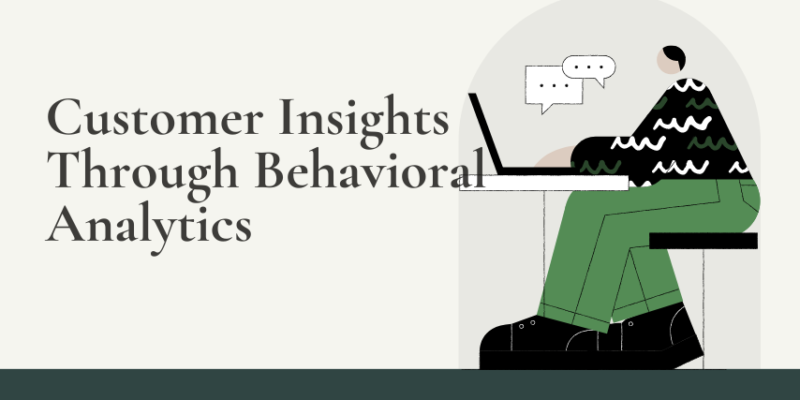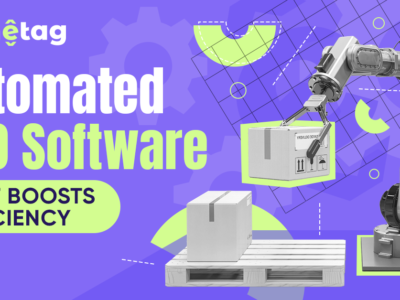
Business research, strategy, and intelligence documents need DDDM. This post discusses the future of data-driven decision-making.
Traditional decision-making processes often involve lengthy deliberations. However, the enterprise of the future will thrive on more sophisticated, faster, data-driven decision-making. Tech innovations across hardware, software, team coordination, and cloud integration promise that. This post will explore the future of data-driven decision-making. Therefore, you can appreciate the related trends in business research, analytics, and reporting.
What is Data-Driven Decision-Making?
Data-driven decision-making (DDDM) is the process of having firms base their business decisions on data analysis and interpretation. Therefore, it allows companies to move from relying on intuition to using actual real-time data, analytics, and business insights. This change also highlights the role of responsible insight exploration in guiding choices made in the firm’s interests.
As such, DDDM strategies reduce bias and risk in most cases. Organizations implementing them will make more accurate choices. After all, all the conclusions are derived from factual, validated data. Data-driven decision-making helps public and private institutions optimize procedures by analyzing customer behavior. Moreover, tracking operational performance metrics gets easier. Insights into the top market trends and competitor strategies also uncover competitiveness-strengthening opportunities.
It gives organizations the power to quickly adapt processes to the latest industry standards. These benefits are crucial to thrive as a commercial entity amidst the intense tussle for market share.
The Future of Data-Driven Decision-Making
One major trend shaping the future of DDDM is the integration of artificial intelligence (AI). Machine learning applications across data consulting services are also gaining traction. These technologies enable businesses to process vast amounts of data in real-time. Therefore, stakeholders can uncover deeper insights. Their use cases might involve predicting future trends with greater accuracy.
Multiple mechanisms, either cloud-powered or generative AI-assisted, will allow decision-makers to act proactively rather than reactively. How does integrating them enhance enterprise strategies? Well, most modern analytical tools streamline identifying opportunities and risks before they fully materialize.
All AI-powered tools will be more accessible and user-friendly. It is inevitable as the AI industry matures. As a result, even smaller organizations will be able to harness the power of data-driven decision-making. For example, they can leverage advanced predictive analytics to modernize how they operate.
Data-driven decision-making (DDDM) has become a central pillar for modern businesses, influencing operations across industries. As data becomes more accessible, organizations are leveraging advanced analytics to extract meaningful insights and make informed decisions. The future of DDDM promises further transformation, with emerging technologies and changing trends shaping the landscape.
Artificial intelligence (AI) and machine learning (ML) are already integral to data analytics, automating complex processes and predicting outcomes. In the future, these technologies will play an even larger role, allowing for real-time decision-making and the ability to forecast trends with increased accuracy. AI-powered decision systems will reduce human bias and improve decision-making consistency.
Trends in Business Research, Advanced Analytics, and Intelligence Reporting
A most prominent feature in new business research methods is automation in data processing. The more data that gets generated in business through various sources, the more important automated systems will become. In particular, they make collecting data, cleaning data, and enriching metadata much easier.
Automation will obviously reduce manual efforts. This is beneficial where the analyst can spend more time on the adequate interpretation of insights. So, creative solutions and higher quality standards will be paramount in data-driven decision-making.
The following trends in business research and intelligence reporting also deserve your attention:
- Context determination helps explore psychological aspects in marketing, client enrollment, sales, branding, public relations, and employee retention.
- Meanwhile, natural language processing (NLP) aids in report creation and accelerates unstructured data processing.
- More organizations are participating in open-source software development. So, later, they can reap the rewards of knowledge exchange by developing in-house generative AI for business research.
- Digital governance compliance has impacted enterprise data operations. Therefore, cybersecurity upgrades and monitoring data privacy mandates are more important than ever.
Conclusion: DDDM is the Key to Competitive Resilience
The future of data-driven decision-making lies in the increased use of AI. Besides, machine learning and business process automation (BPA) make the progress seamless. These advancements will empower businesses to make future-oriented, faster, and more accurate decisions.
No business intelligence and research reporting vendor can afford to underestimate data governance and privacy compliance risks. These will remain essential to maintaining stakeholder trust. This increasingly data-dependent world demands respective ethical measures. Businesses that embrace these innovations will master data-driven decision-making. It is safe to expect them to gain a remarkable competitive edge in the global marketplace.










